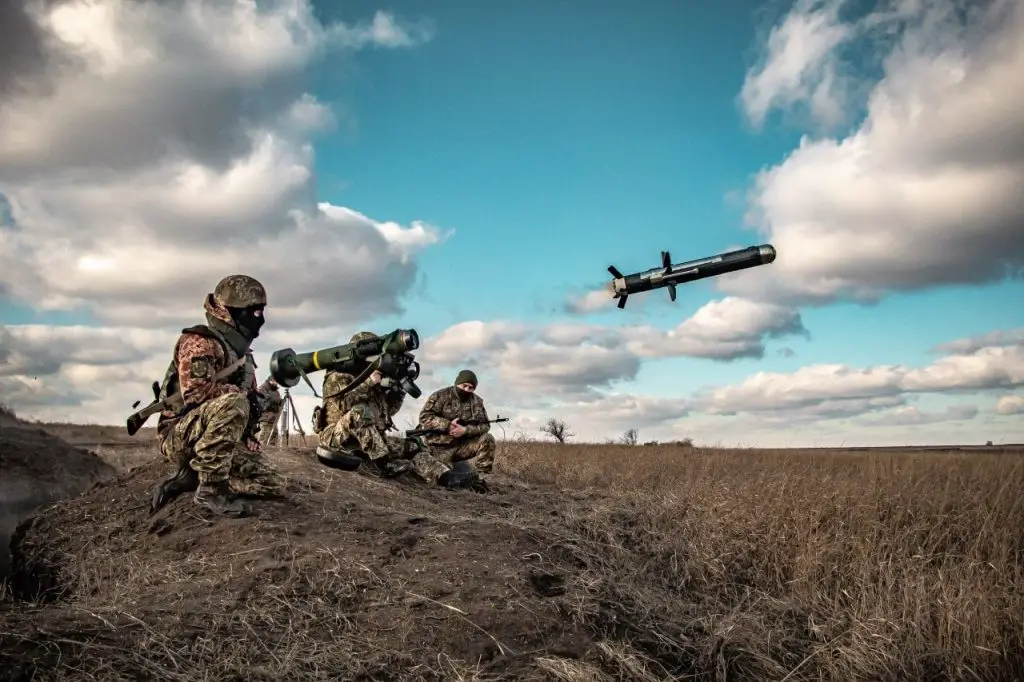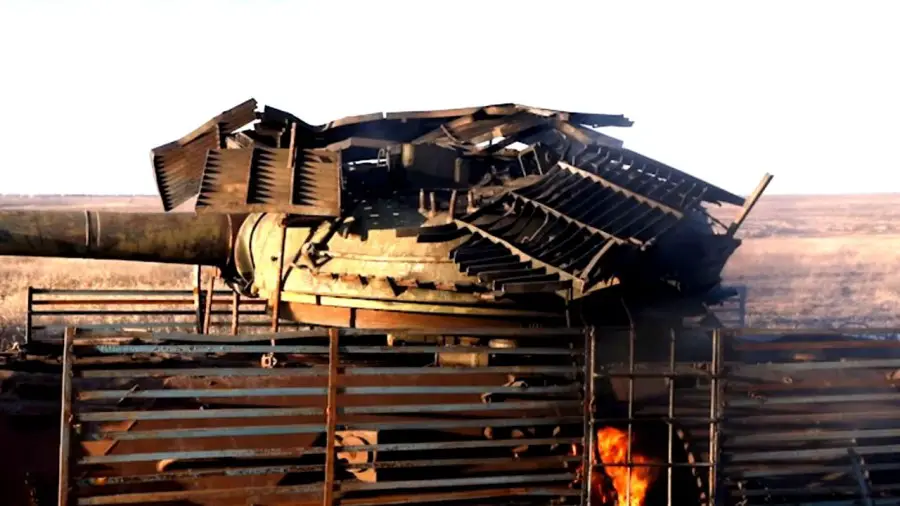The Ukrainian military suffered a fiasco while trying to destroy the old Soviet T-64 tank with the help of the American Javelin ATGM system.
The tests by the Ukrainian armed forces of the anti-tank missile system FGM-148 Javelin failed to destroy a WWII era tank as the armour of the old Soviet T-64 tank remained unbroken.
U.S. supplies Javelin Missiles to Ukraine
The first batch of 37 U.S. Javelin Missile systems was handed over to Kiev in the spring of 2018.

“For the needs of the Armed Forces of Ukraine, FGM-148E missiles were received, which are one of the latest modifications of the Javelin anti-tank missiles,” wrote the Ministry of Ukraine on its website.
Subsequently, more such systems were transferred to Ukraine. Kiev received anti-tank missiles as a part of an aid package. The United States supplies these funds to Ukraine to help the country defend its territorial integrity.
The Javelin Missile system
The third generation FGM-148 Javelin anti tank missile was developed in the United States in 1989 and entered service in 1996. The delivery of these weapons abroad takes place after the approval of the State Department. The system has an infrared homing head and can operate on the “fire and forget” principle. Once launched, the missile itself will hit the tank at a sufficient distance on thermal guidance.
Another feature of Javelin is that the projectile can hit a target from above in the least protected place of armoured vehicles.
Was Javelin able to break through the T-64B turret in Ukraine?
During the first test, the target was a strange design in the form of an empty hull of a decommissioned BTR-80 armoured personnel carrier, on which the turret was secured from an old T-64B tank that had been knocked out and obviously exploded or burned out. The combat vehicles of this type in different versions are currently the main ones in the ground forces of Ukraine.

Lattice screens were welded to the roof of the tower; however, the published images show that this visor was fixed on thin metal rods at an impermissibly low height from the armour, which discredits the whole essence of this demonstration.
The very demonstration of the power of the Javelin ATGM began with embarrassment either due to poor operator training or due to some technical malfunction. The high precision missile did not find its target and exploded at a distance from it.
The second launch seemed to be accurate, but there are questions here. Yes, a part of the screen was destroyed. Still, in reality, in addition to it, all tanks also have dynamic protection, which was supposed to contribute to the tank’s defenses. For some reason, the organizers of this “experiment” forgot about it.
The Ministry of Defense of Ukraine justified the failure by blaming strong winds, which knocked the Javelin missile off course, and the lattice screens installed on the T-64 tower.
The old American anti-tank systems have a lot of shortcomings in both guidance and armour penetration. Javelins can penetrate an armour equivalent of only 950mm. At the same time, the T-64 tank has powerful composite armour, the technology of which is still relevant.
Most anti tank weapons fly straight to the target to strike the frontal armour. The U.S. missiles are designed to attack the target from above in a semi ballistic trajectory or are launched from an airborne platform. The armour at the top of the tank is usually weak, so these missiles are designed to have a lesser penetration power than similar missiles.
